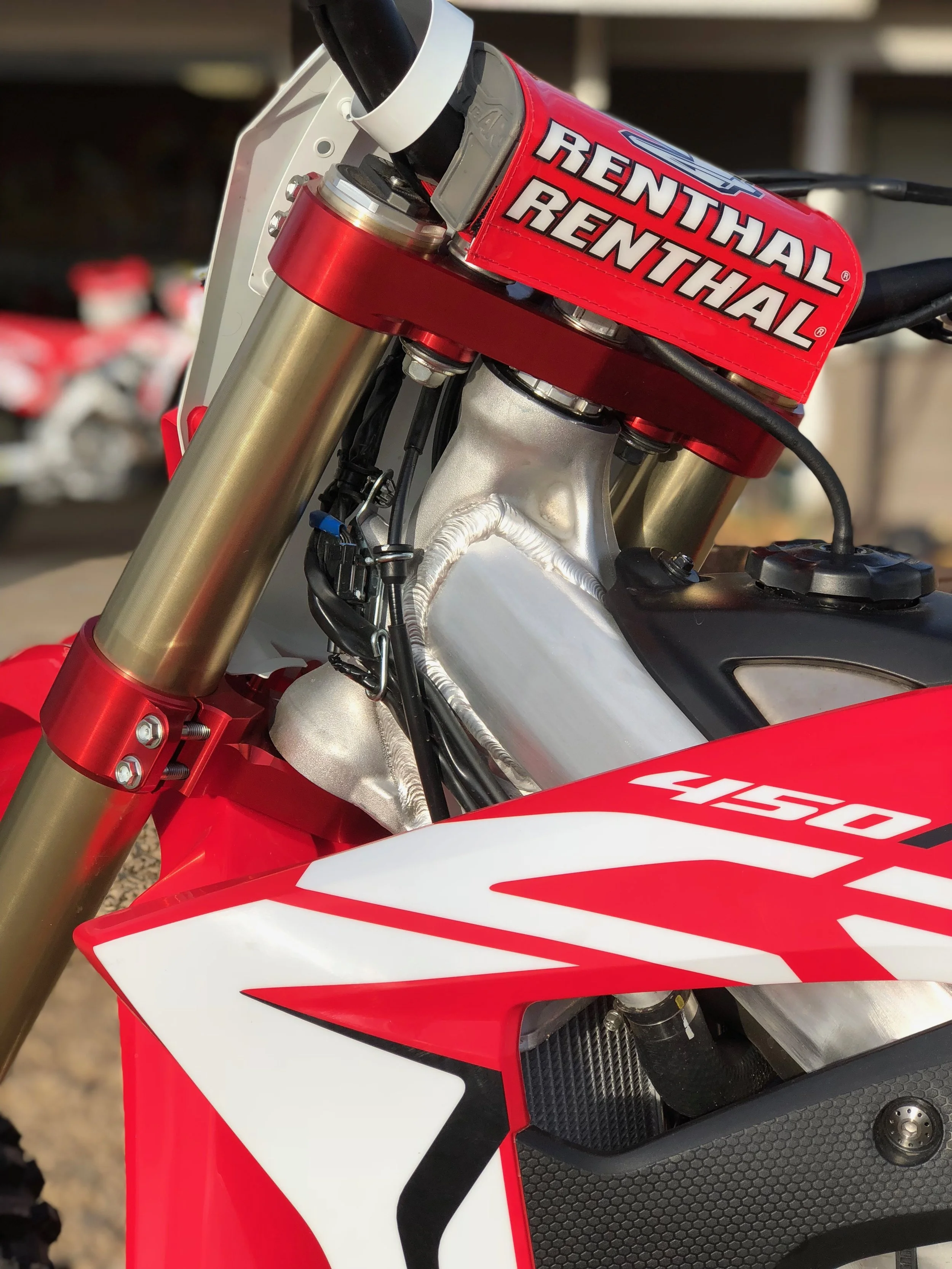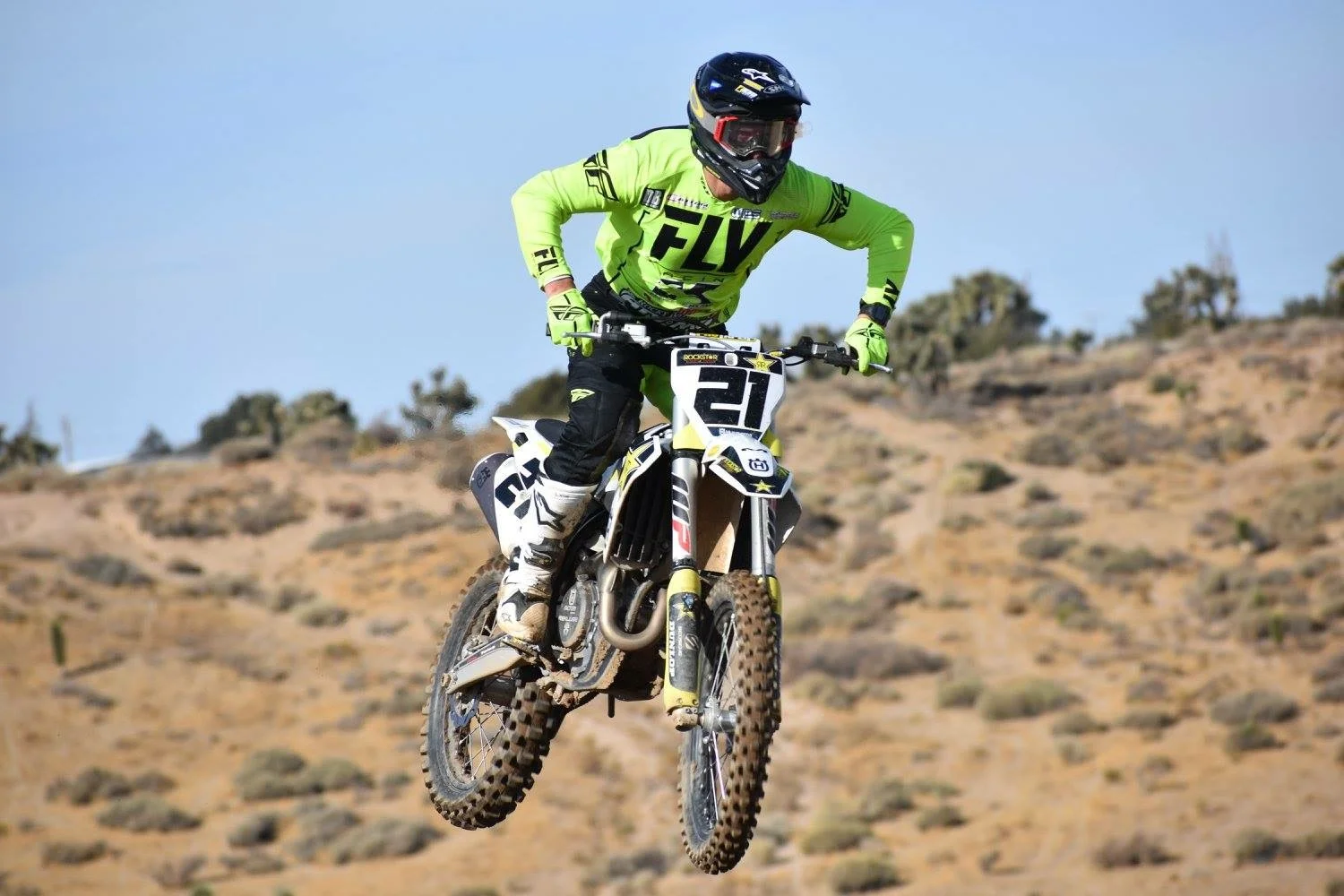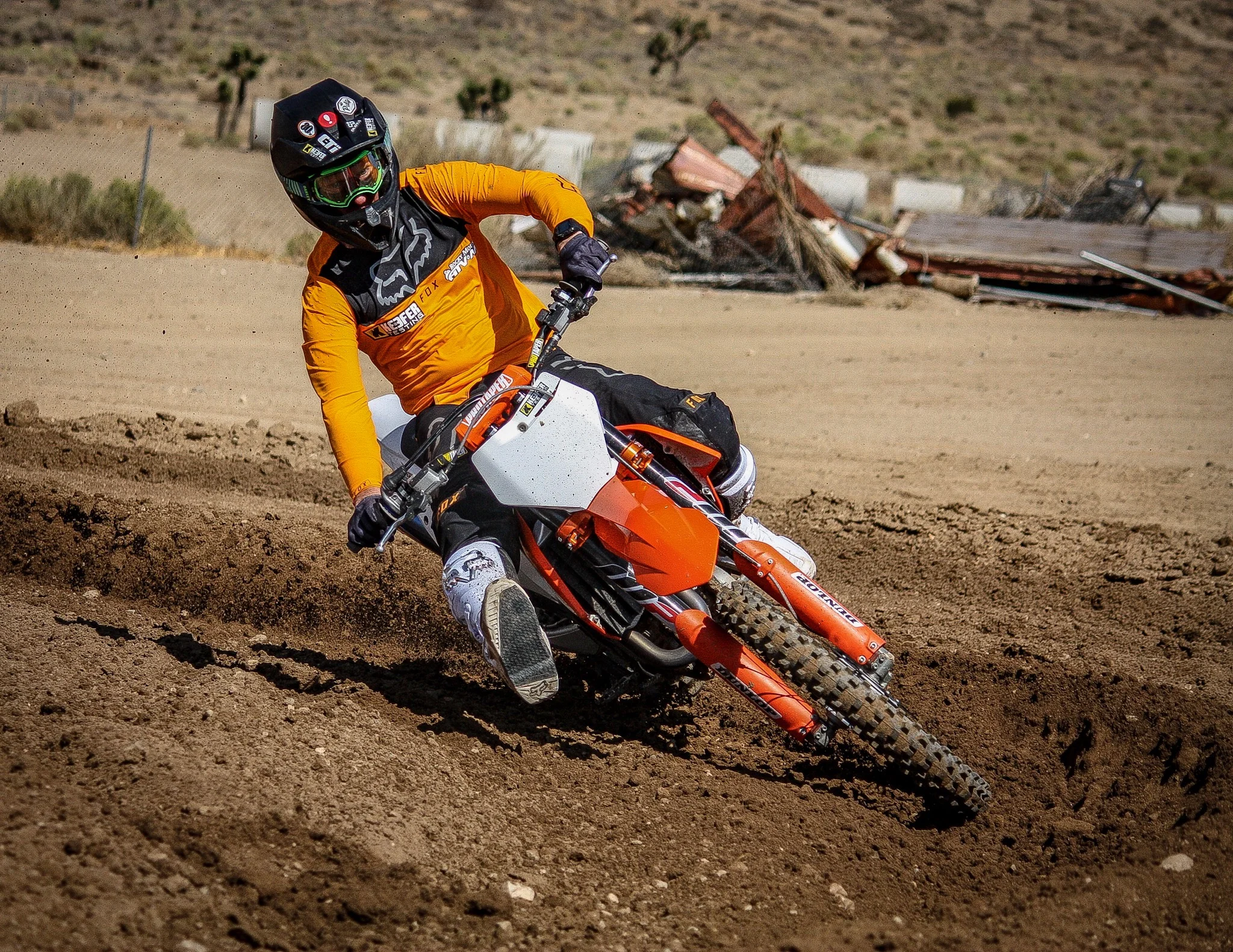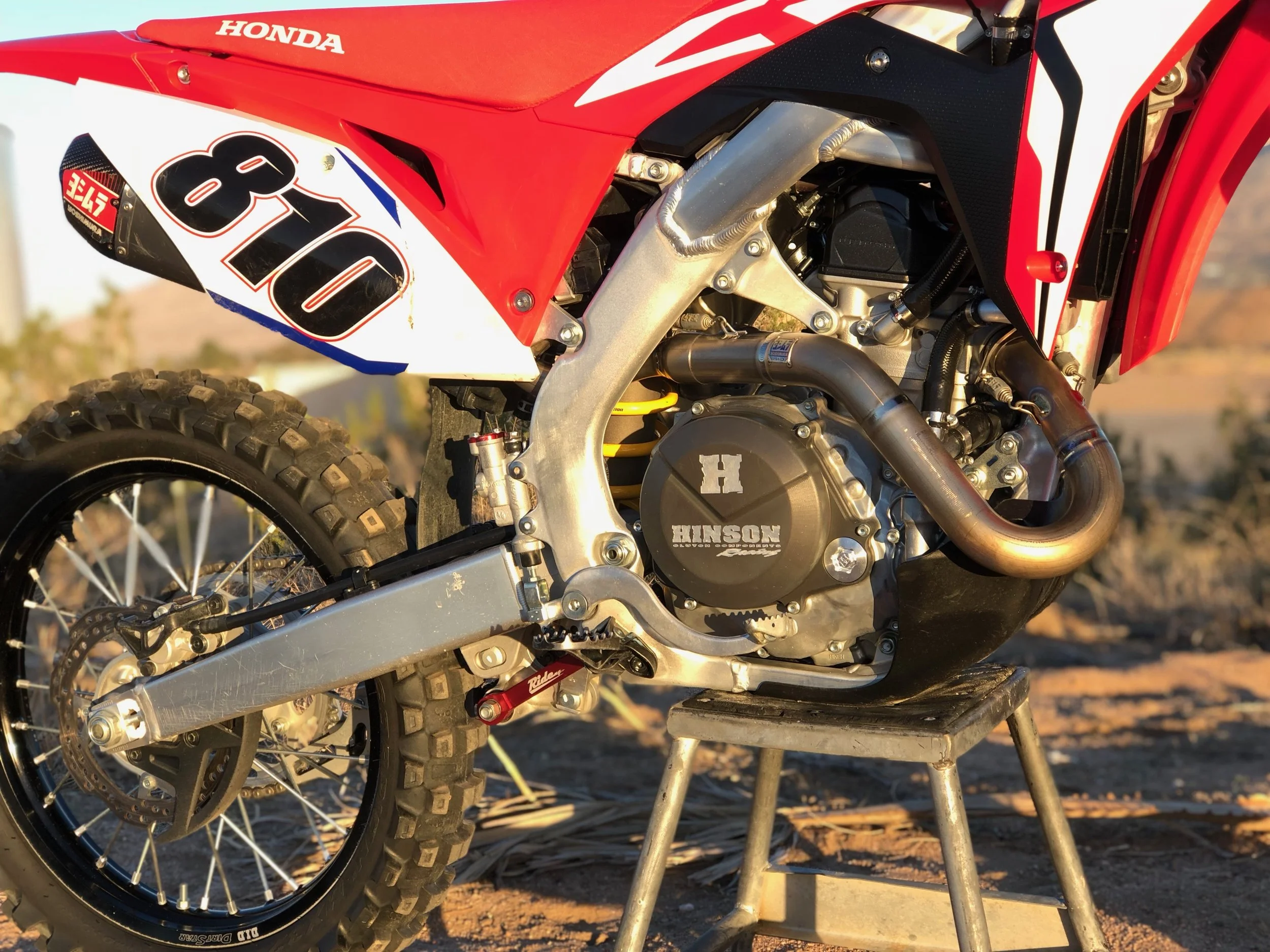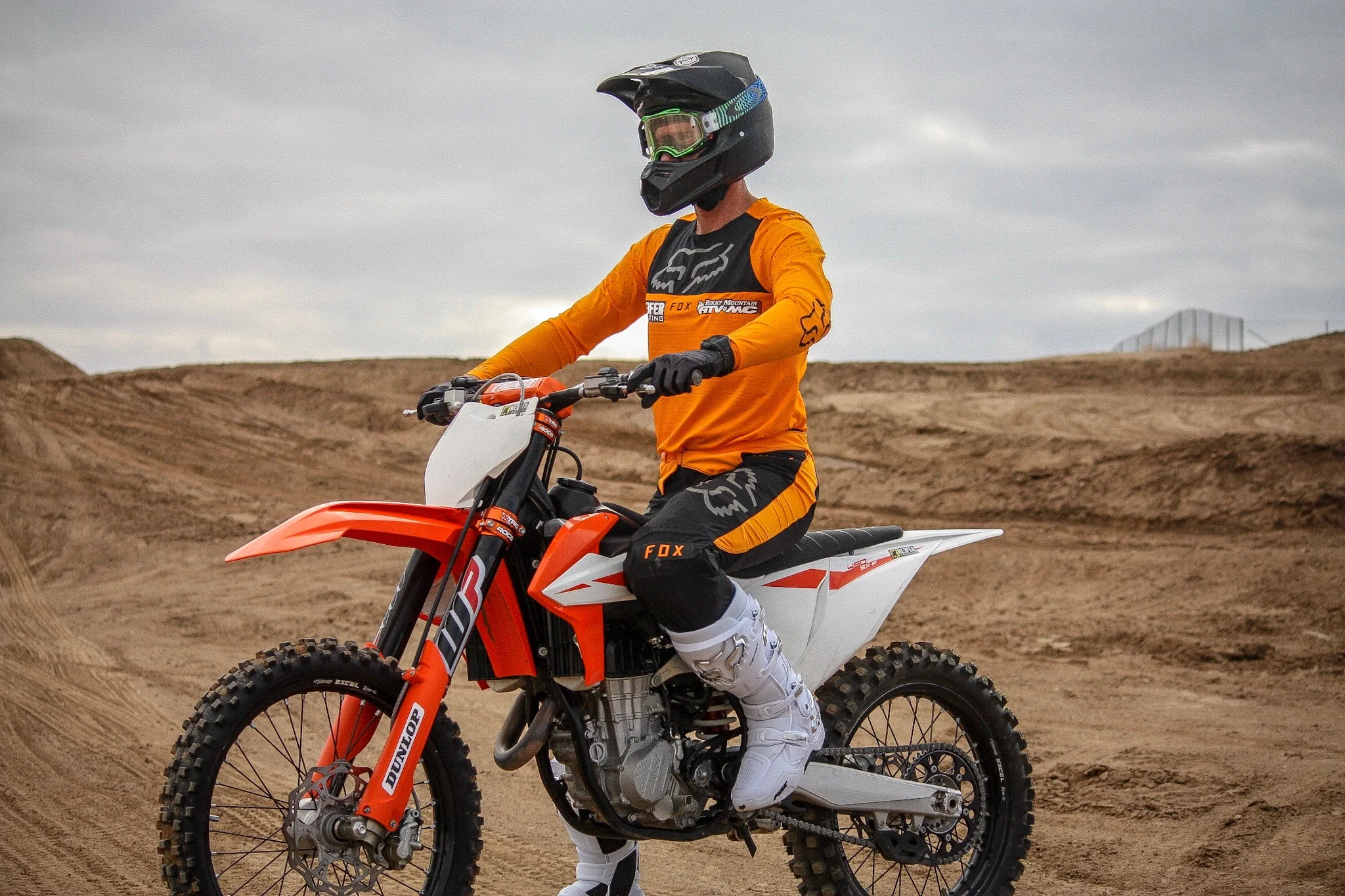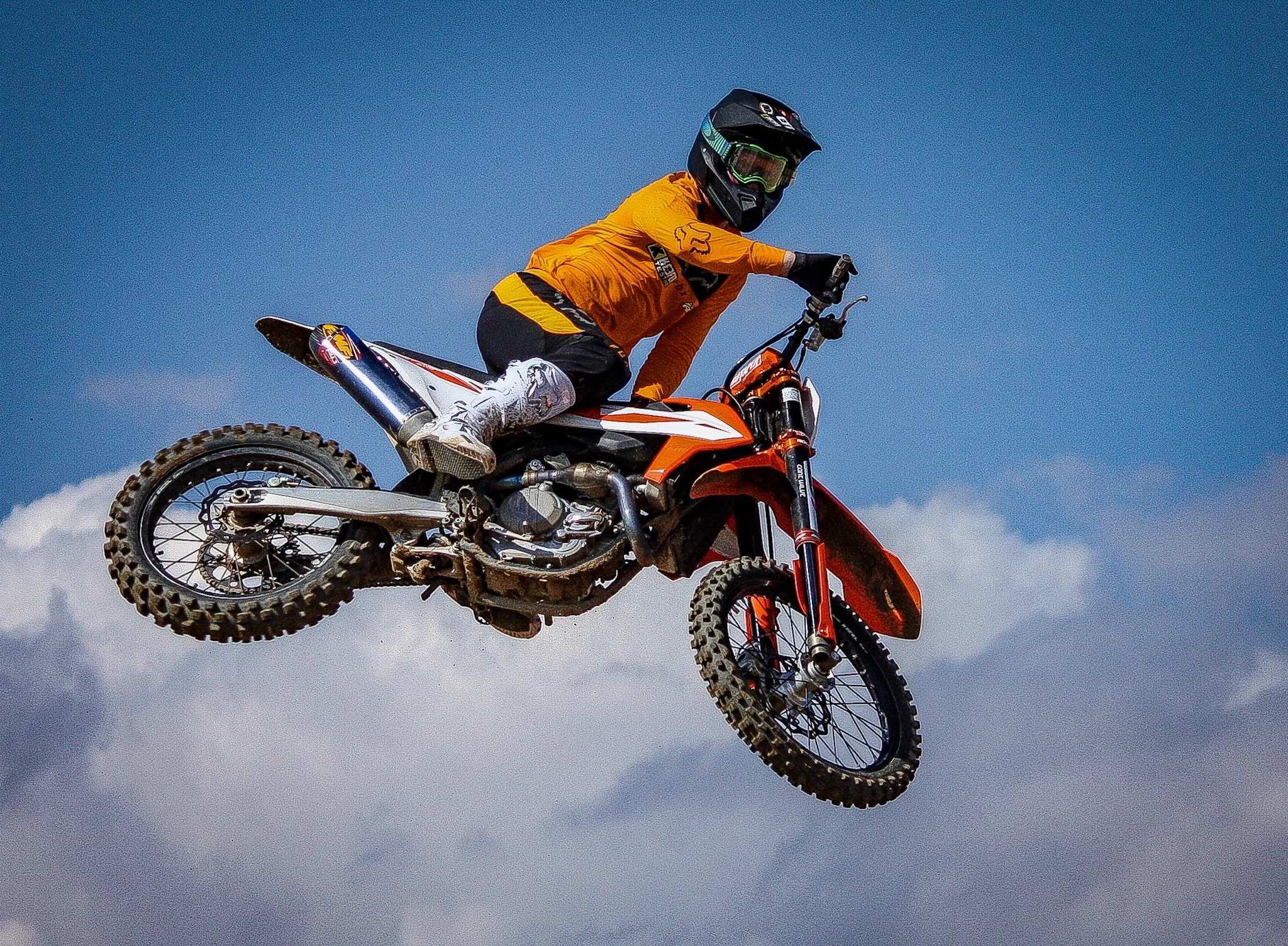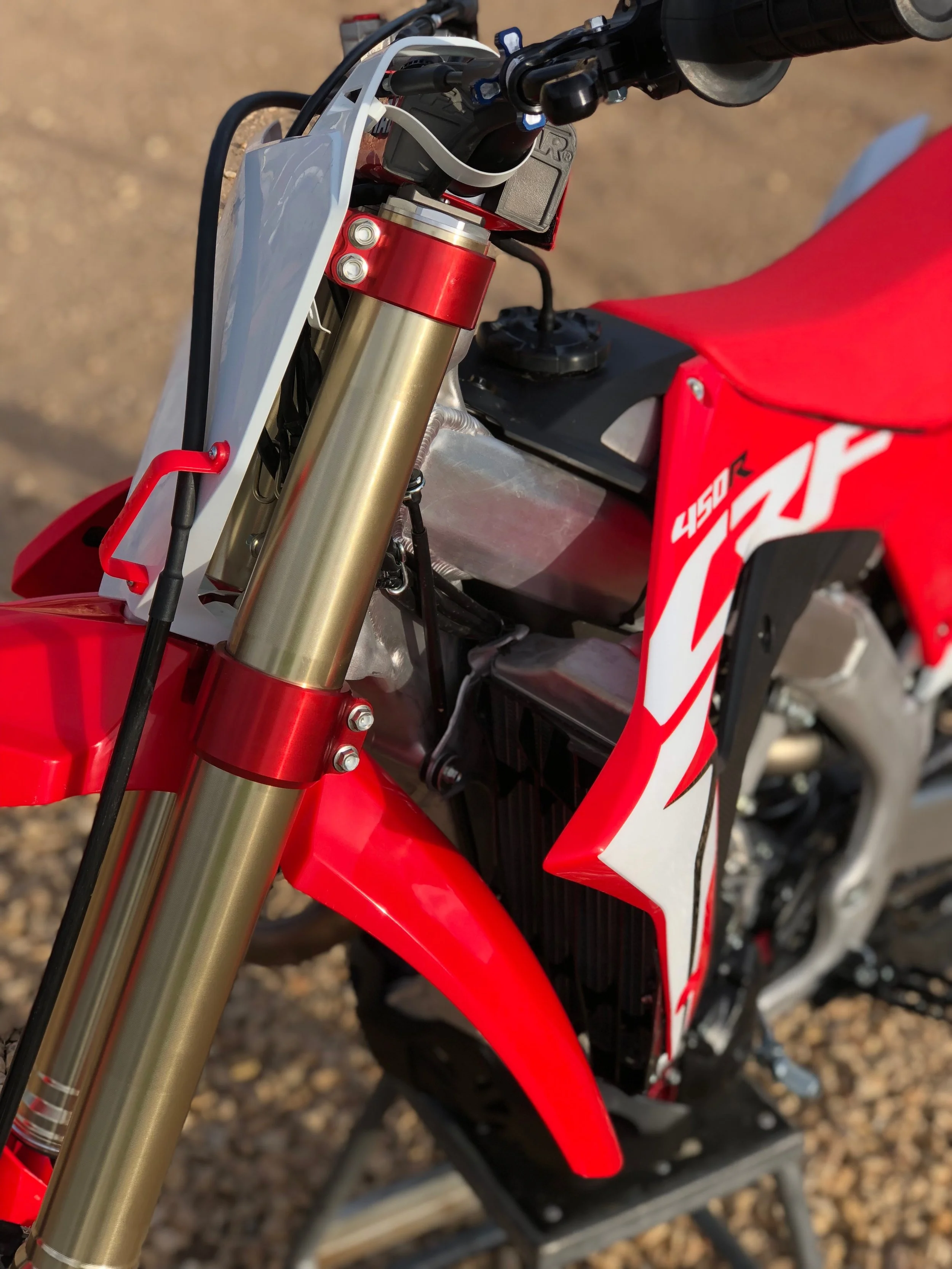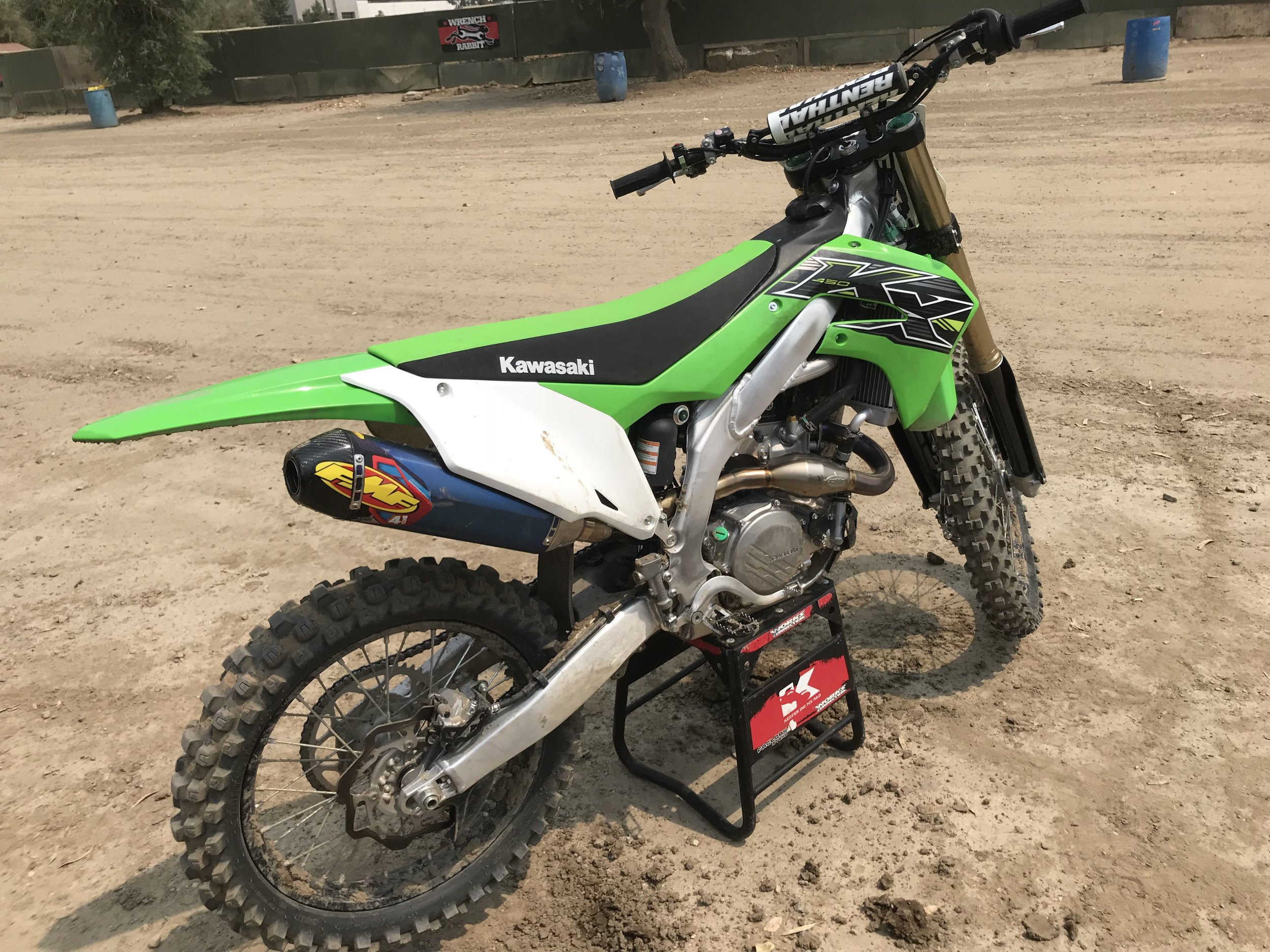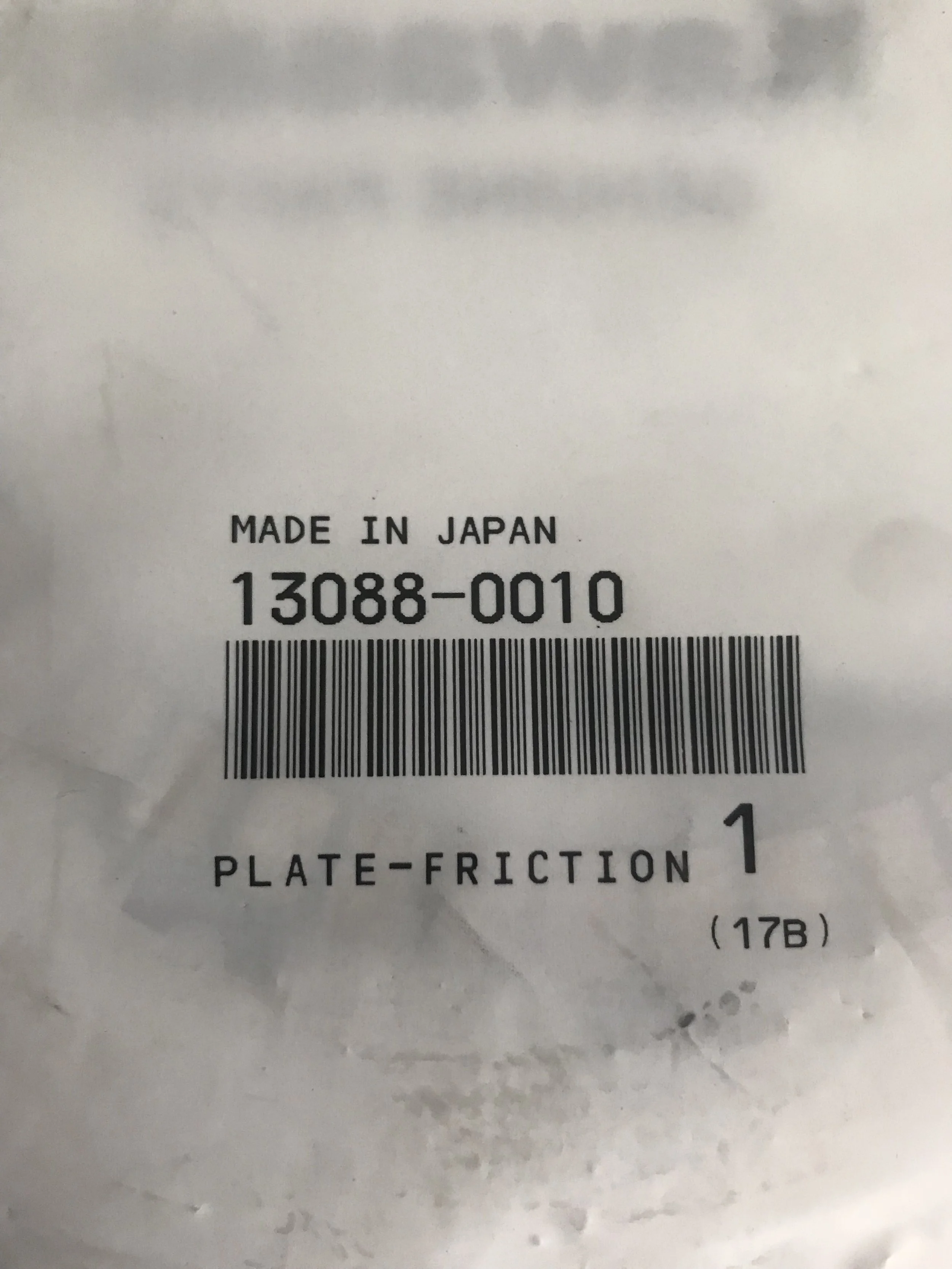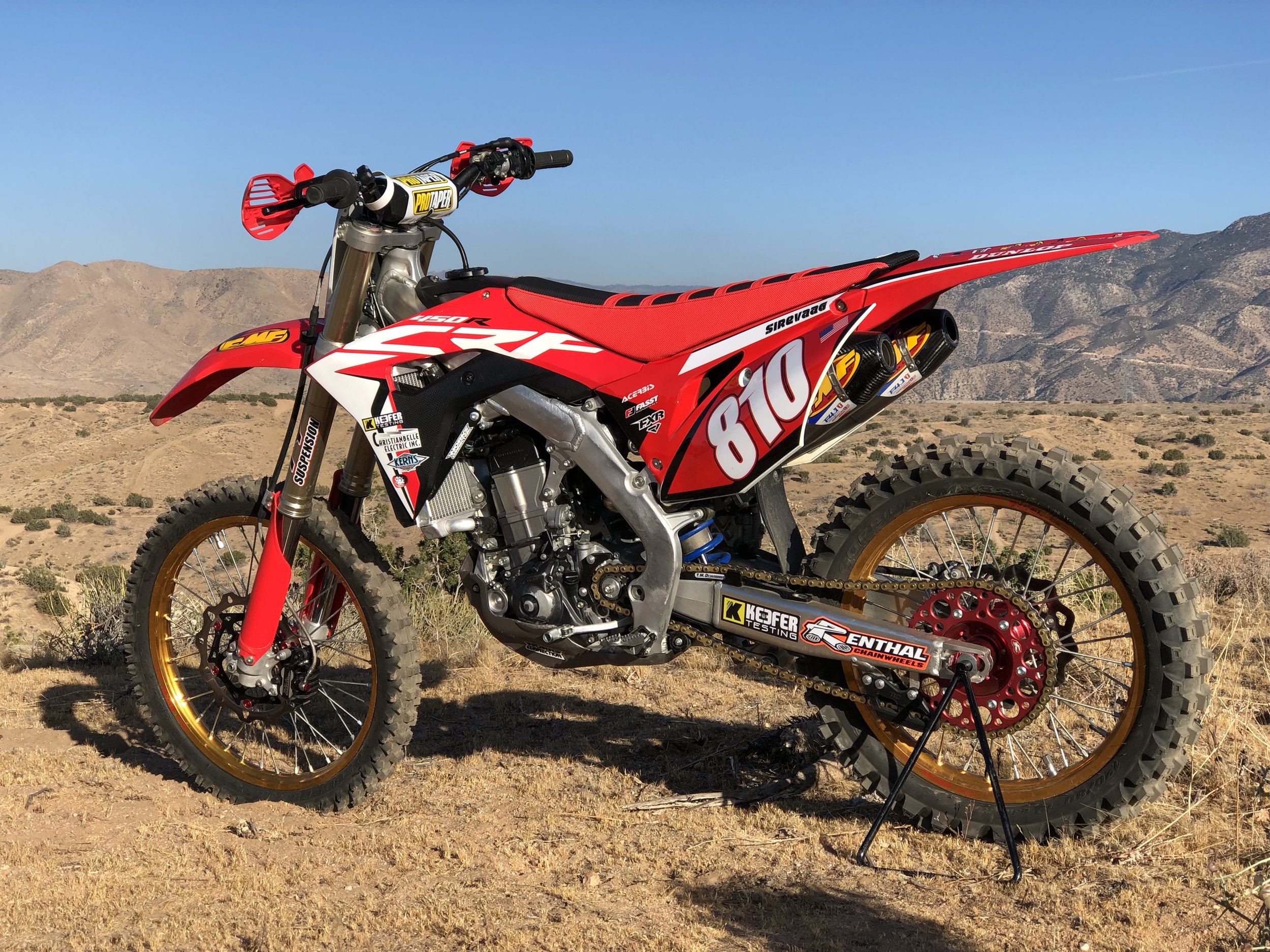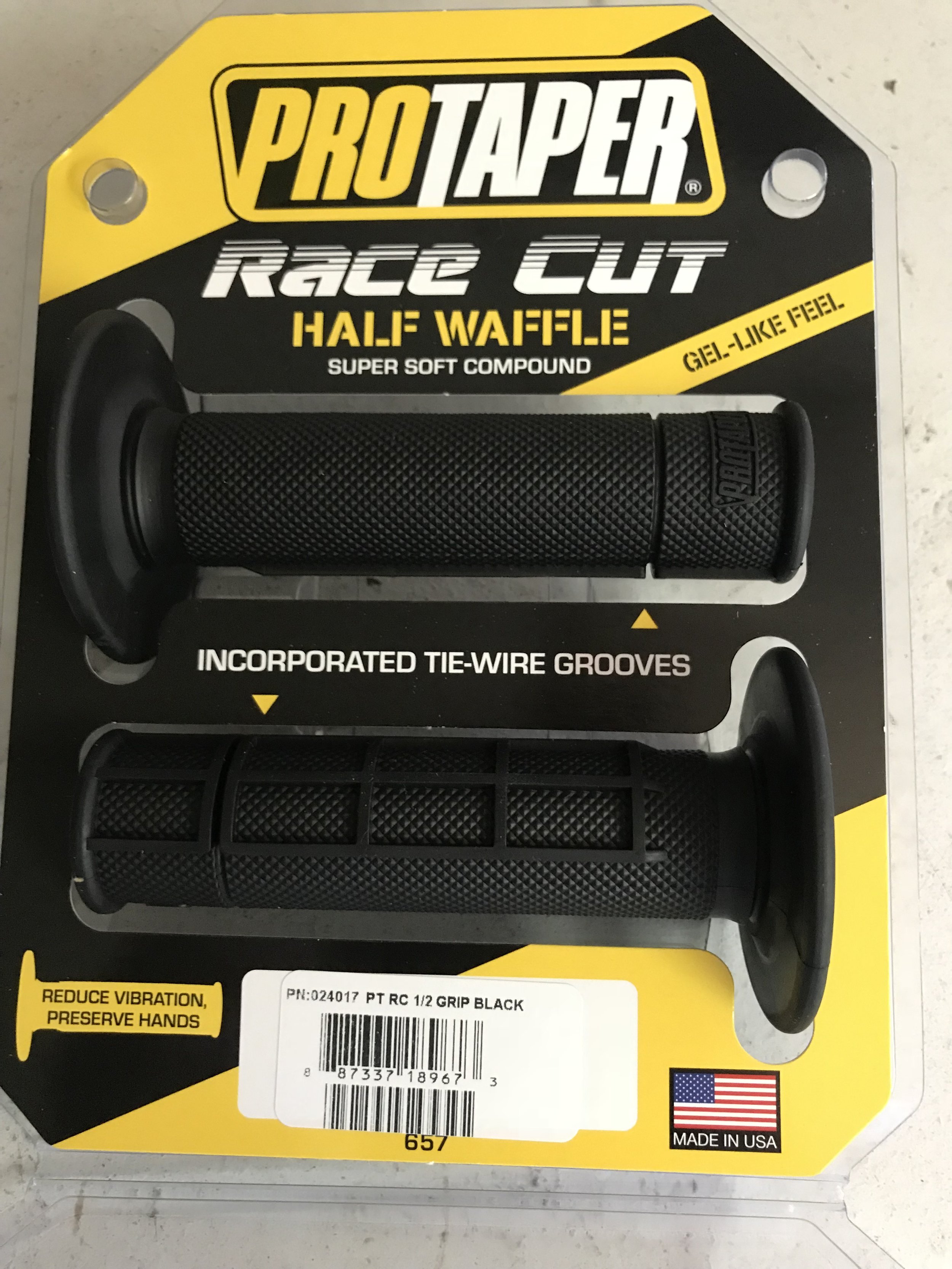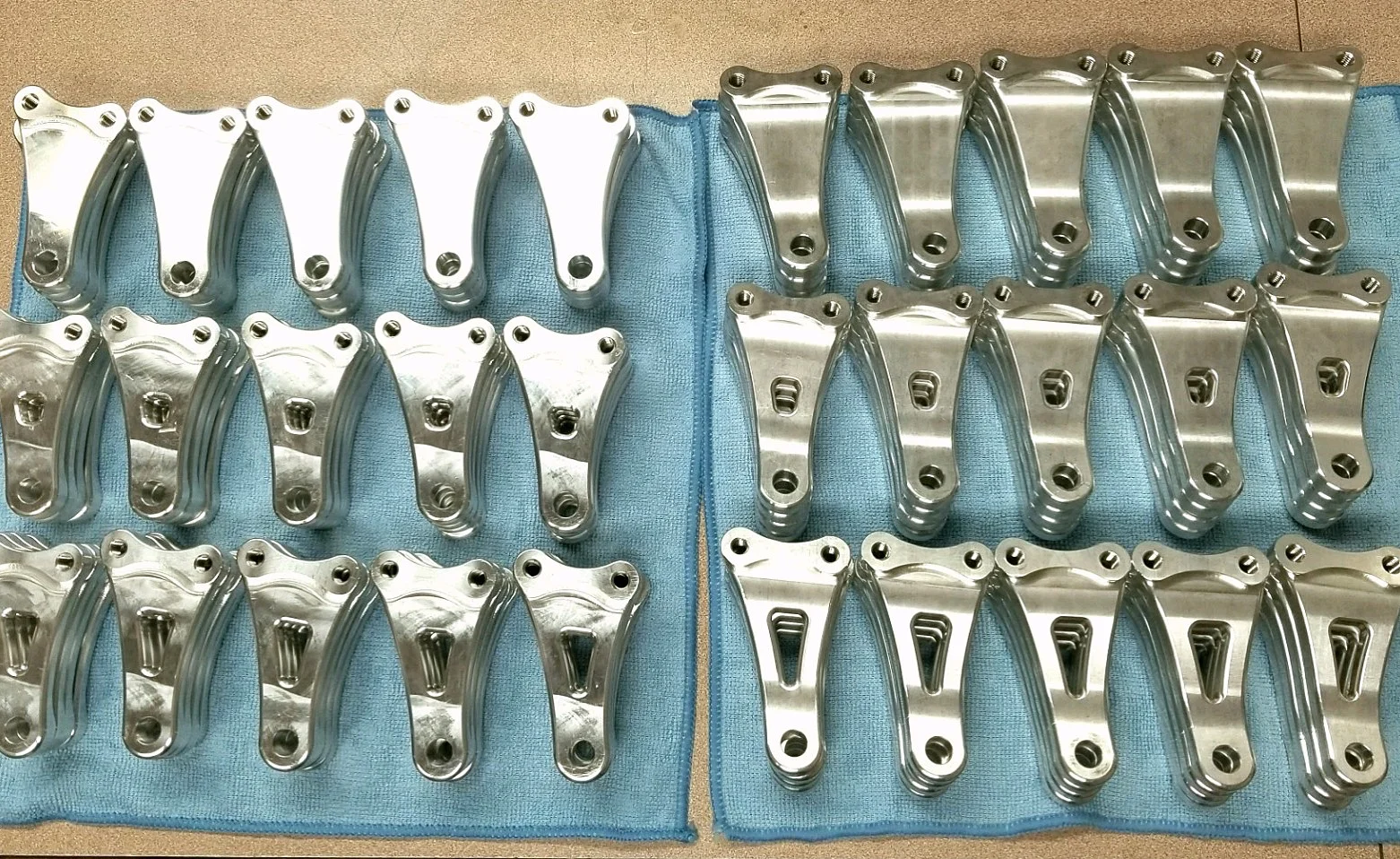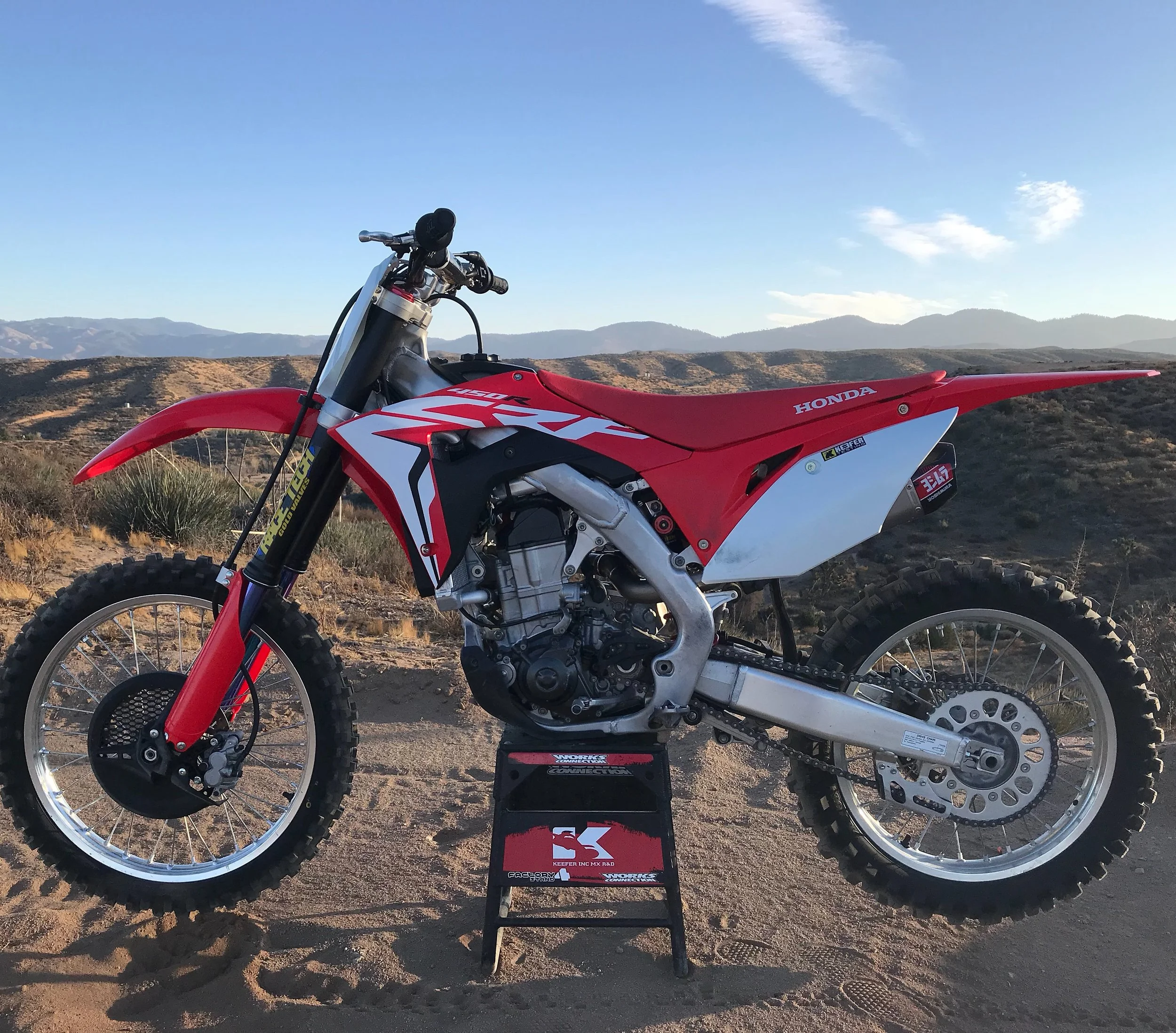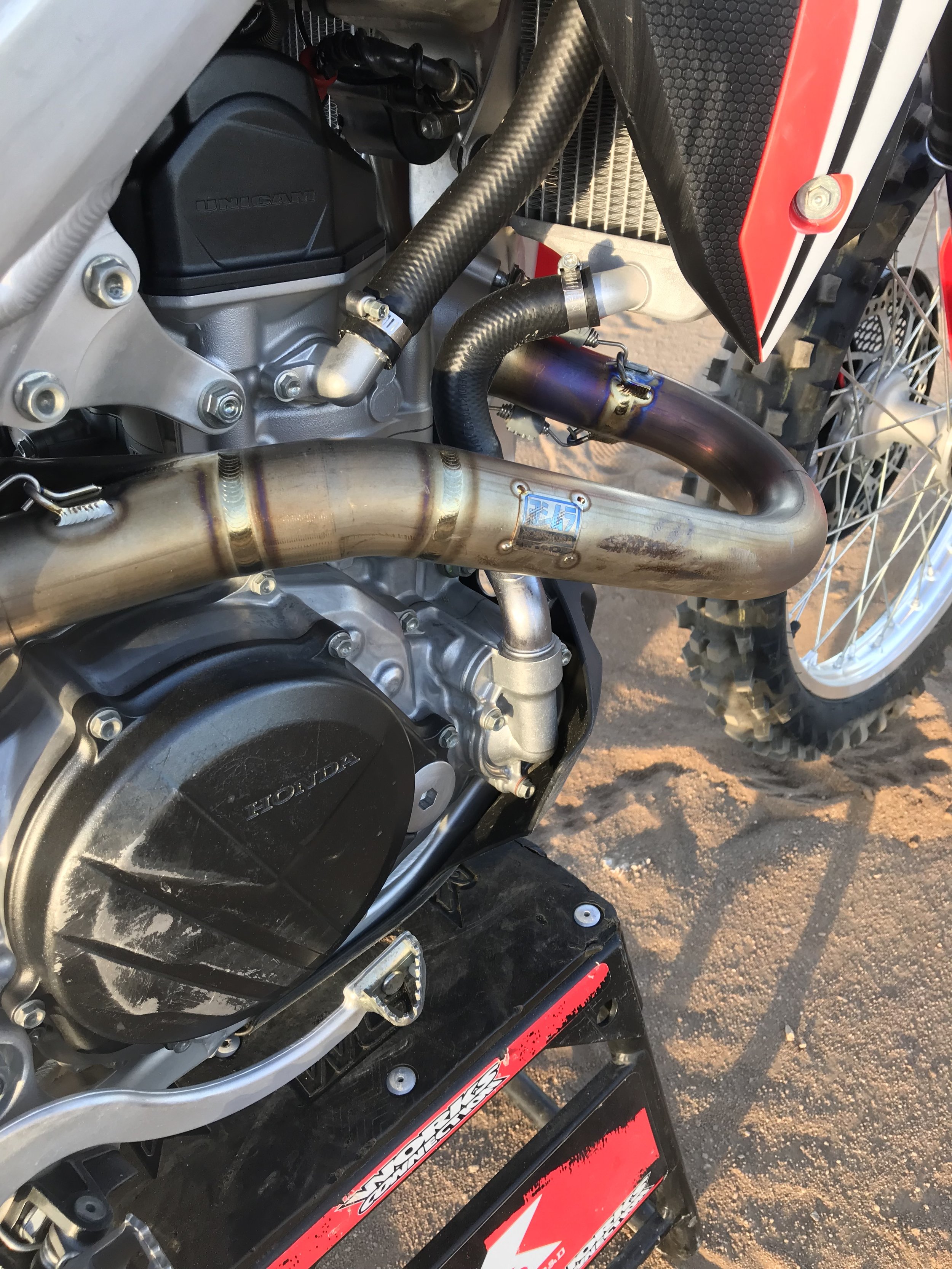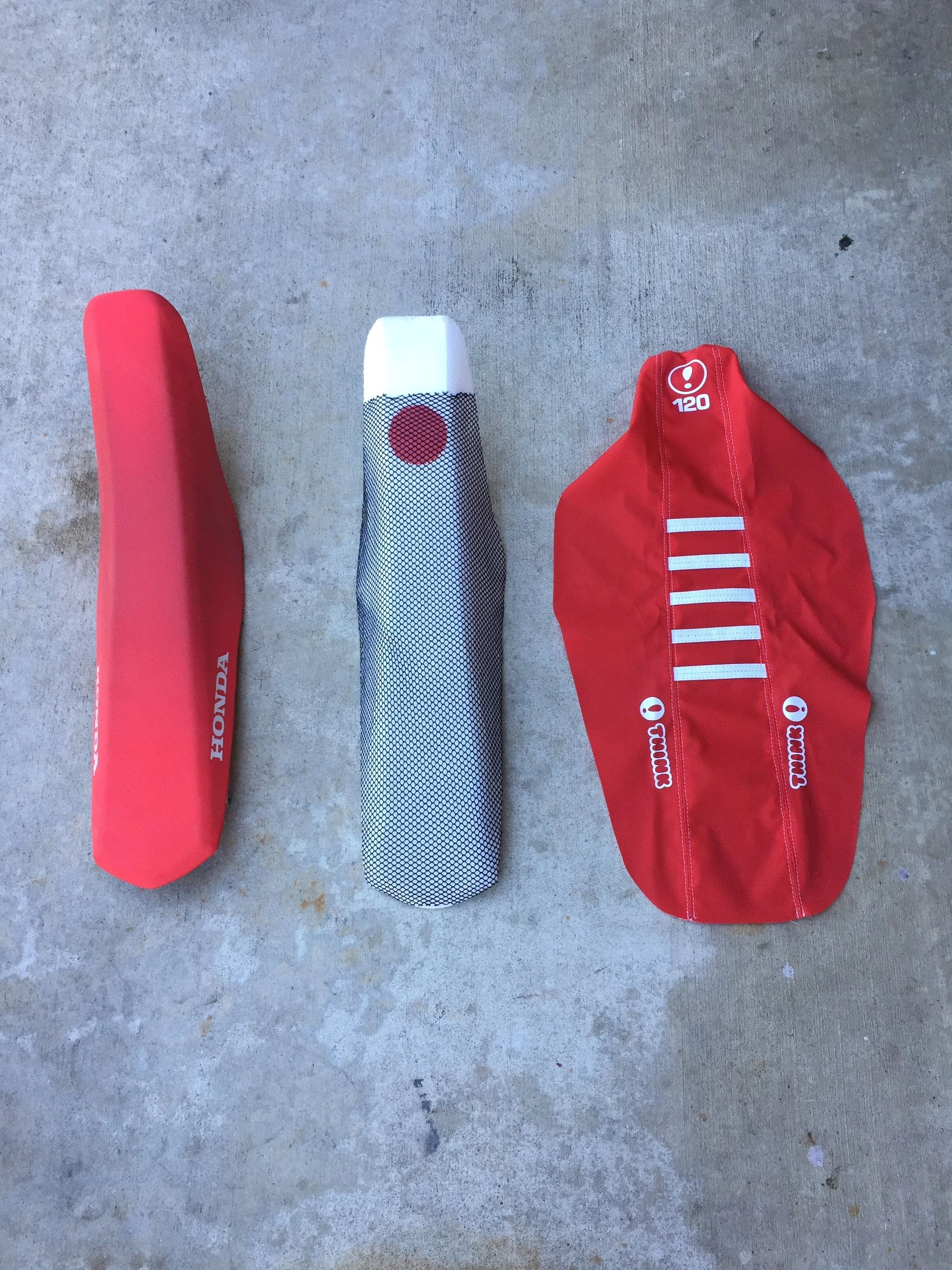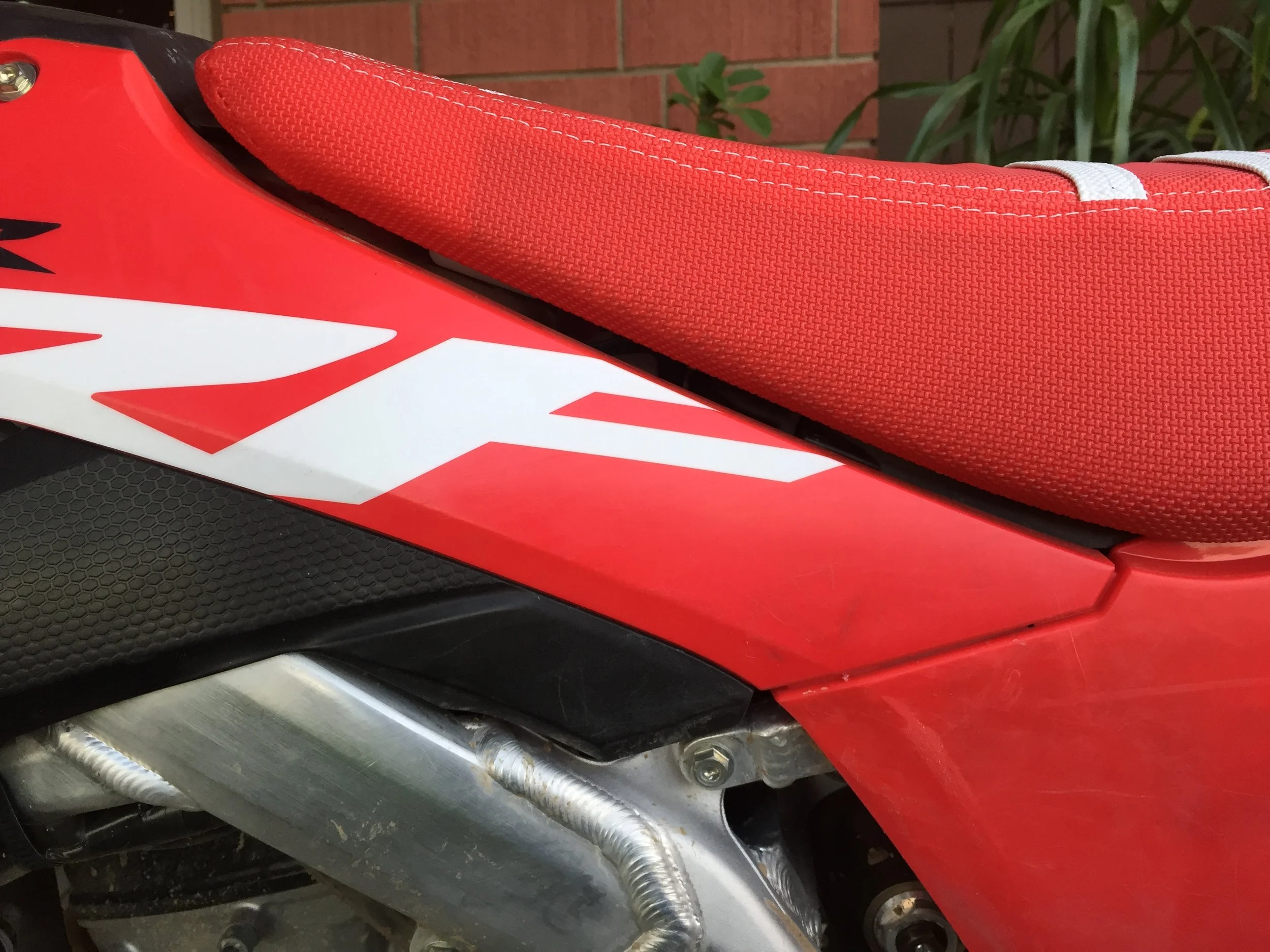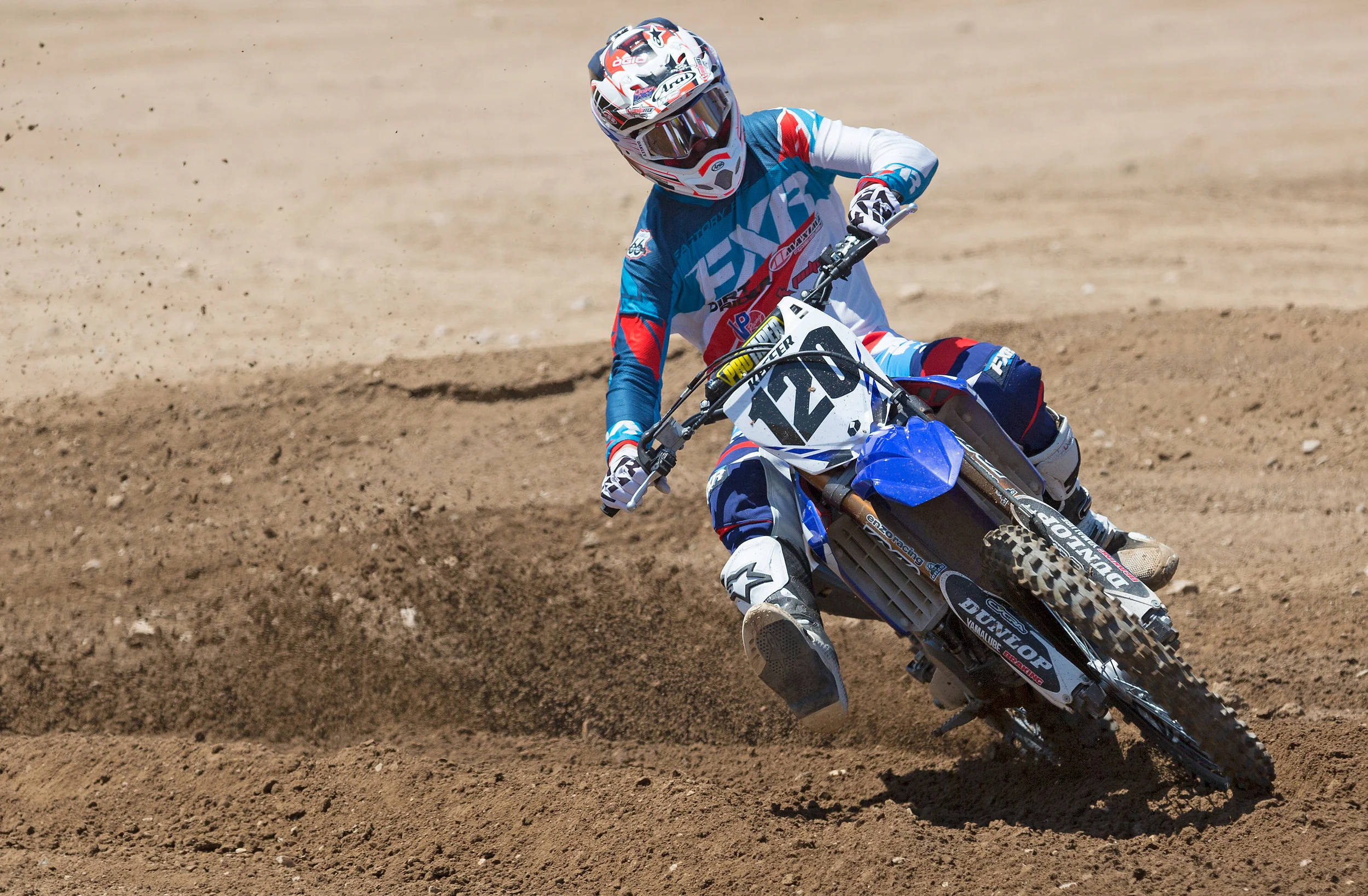Keefer's Handlebar Dimension Recommendations
When it comes to handlebars I am a very picky person. The height, width, rise, and position is very important to me. I find that you can’t run the same handlebar bend on every bike, even though I like a bend on one bike, sometimes it doesn’t feel as good on another. Every bike has a different rider triangle so you must adapt to different bar bends as you change motorcycles. As the years progress, dirt bikes evolve and so do their dimensions. As you may have heard in my “Handlebar 101” podcast (show #70), if the bar feels too low (height), you should try to get the bar height from your bar mount and not the handlebar itself. Getting the height from your bar mount allows you to keep proper technique (position) through corners (where most of the time is made up on a track). I wanted to break down some of my favorite bar bends right here (for each new motocross machine) and give you a recommendation on bar mount height for different sized riders.
As you will notice most of these handlebars on this list are Pro Taper and Renthal. This doesn’t mean that I am trying to sell you these handlebar brands. This is just what I personally like myself and should be taken as such. If you like another bar brand, that is fine, simply look at the dimension of the preferred handlebar and try to mimic that dimension to your favorite handlebar company. There are tons of handlebar companies out there, but for me, Renthal and Pro Taper are the bars that I prefer. For testing purposes, I tried a wide range of handlebars in my shootout so go give that podcast a listen when you can (Show #70). There are some great options out there. Again….This doesn’t mean other handlebars are crap. For transparency reasons, I am letting you know that these are the companies I prefer. I receive ZERO dollars from Renthal or Pro Taper.
We are using 2019 models for reference, but if you have an older model and are concerned on which handlebar to run please feel free to email me at kris@keeferinctesting.com.
All Dimensions are in (MM).
2019 Honda CRF 450R/250R:
Notes: The stock bar bend on the 2019 Honda CRF 450R/250R has finally been updated to a bend that is lower and flatter than previous years. This bend is actually quite good and we usually leave the stock Renthal handlebar on the Honda. If you think you would like more flex you can try the optional bar bend below.
Preferred:
Stock Renthal 839 FatBar (W)802 (H)91 (R)52 (S)51
Optional:
Pro Taper EVO SX Race (W)800 (H)87 (R)54.5 (S)54
Bar Mount Height: Stock
2019 Yamaha YZ450F/250F:
Notes: Yamaha also did a good job on creating a bar that is fairly neutral for different sized riders. It’s lower height seems to fit a wide variety of riders (5’8-6’2), but taller riders may want to put bar mount in forward hole/back position.
Preferred:
Pro Taper EVO SX Race (W)800 (H)87 (R)54.5 (S)54
Optional:
Renthal Fatbar 602 bend (W)801 (H)89 (R)59 (S)56
Bar Mount Height: Stock
2019 Kawasaki KX450/250:
Notes: 7/8 lives on! Kawasaki managed to keep the good ol’ 971 Renthal 7/8 bars, which are pretty damn good! I like a 7/8 bar and I actually stick with the 7/8 theme if I can. The 7/8 bar does bend a little easier, but you get a lot of flex when the track gets rough. If you’re an aggressive rider who likes a little more positive steering than go to a 1-1/8 handlebar for increased stiffness.
Preferred: Renthal 7/8 983 bend (Villopoto/Stewart) (W)808 (H)95 (R)58 (S)55
Oversize Option: Pro Taper Fuzion Henry/Reed (W)800 (H)92 (R)66 (R)40 (S)55
Bar Mount Height: Stock
2019 Suzuki RM-Z450/250:
Notes: The stock Suzuki bend has some sweep to it, which makes the bike feel small at times. I prefer to open the cockpit up a little.
Preferred: Pro Taper EVO SX Race bend (W)800 (H)87 (R)54.5 (S)54
Optional: ODI Podium Flight CountryBoy bend (W)803 (H)92 (R)56 (S)57
Bar Mount Height: Stock
2019 Husqvarna FC450/250:
Notes: Husqvarna comes with a very low bend and that fits the ergos of this bike, but the width of the bar is too long. I actually like the stock handlebar bend on the Husqvarna, however I cut the handlebar down to 803mm, which really helps the character of the Husqvarna when leaning into corners.
Preferred: Stock Pro Taper EVO handlebar cut to 803mm (W)811 (H)80 (R)39.5 (S)51
Optional: Pro Taper EVO Carmichael bend (W)800 (H)77 (R)40 (S)55
Bar Mount Height: Plus 5mm
2019 KTM 450SX-F/250SX-F:
Notes: The stock bar bend shape on the orange brigade is also decent, but it is too stiff and long. If you don’t think it is too stiff, you can simply cut the bar to 803mm and run it!
Preferred: Renthal 821 bend cut to 803mm (W)813 (H)78 (R)42 (S)54
Optional: Pro Taper EVO Husqvarna Stock cut to 803mm (W) 811 (H)77 (R)40 (S)55
Bar Mount Height: Plus 5mm


